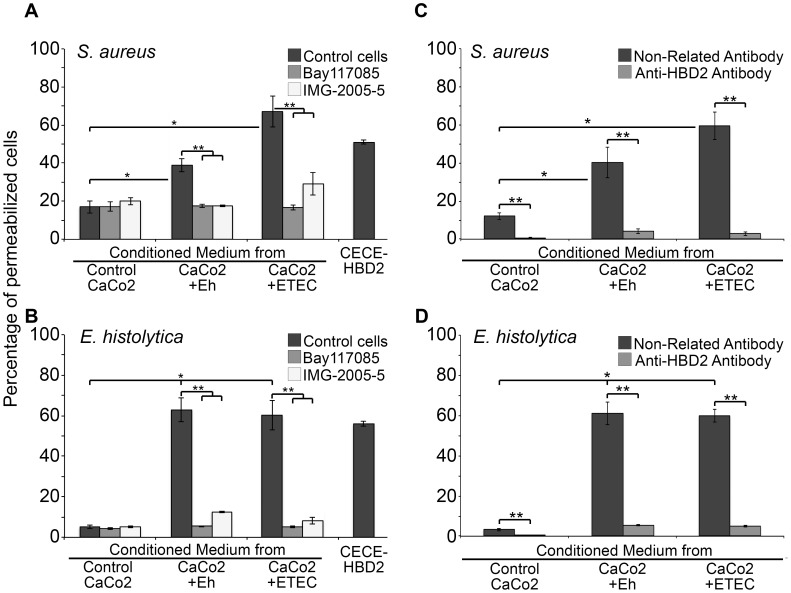Figure 3. Permeabilizing effect of HBD2 released by CaCo2 cells after exposure to Entamoeba histolytica trophozoites.
A. Permeabilization of Staphylococcus aureus bacteria, a known strain sensitive to HBD2 activity, by CM from CaCo2 cells exposed to pathogens. One hundred thousand bacteria from an overnight culture were exposed for 1 h to CM from CaCo2 cells exposed to ETEC (CaCo2+ETEC, positive control), to CM from cells exposed to PFA-fixed trophozoites (CaCo2+Eh) or incubated with 10 ng/ml of CECE-HBD2. Propidium iodide internalization into permeabilized bacteria was quantified by flow cytometry. B. Permeabilization of E. histolytica trophozoites by CM from CaCo2 cells exposed to pathogens. One hundred thousand trophozoites were exposed to CM from CaCo2 cells exposed to ETEC (CaCo2+ETEC, positive control), to CM from cells exposed to PFA-fixed trophozoites (CaCo2+Eh) or incubated with 10 ng/ml of CECE-HBD2. In parallel, CM from CaCo2 cell cultures also exposed to either pathogen and incubated with inhibitors of the TLR2/4-NFκB pathway, Bay117085 and IMG-2005-5, were used to permeabilize S. aureus bacteria or E. histolytica trophozoites. Propidium iodide internalization into trophozoites was quantified as indicated for bacteria. C and D. Neutralization of HBD2 activity present in CM. Media obtained from CaCo2 cell cultures exposed to pathogens were neutralized with anti-HBD2 antibody (2.0 µg/ml for 2 h); then, S. aureus bacteria or E. histolytica trophozoites were incubated with these neutralized media. As control, a non-related polyclonal antibody (anti-human Sirt1) was used. Permeabilization levels were evidenced by propidium iodide penetration and quantified by flow cytometry. Data for all panels are presented as percentage of permeabilized cells ± SD. * indicates differences between control cells and cells exposed to pathogens. ** Indicates statistical differences between inhibited (panels A and B) or neutralized (panels C and D) conditions versus values obtained in non-inhibited or non-neutralized conditions in three experiments done in triplicate (P value<0.01).

